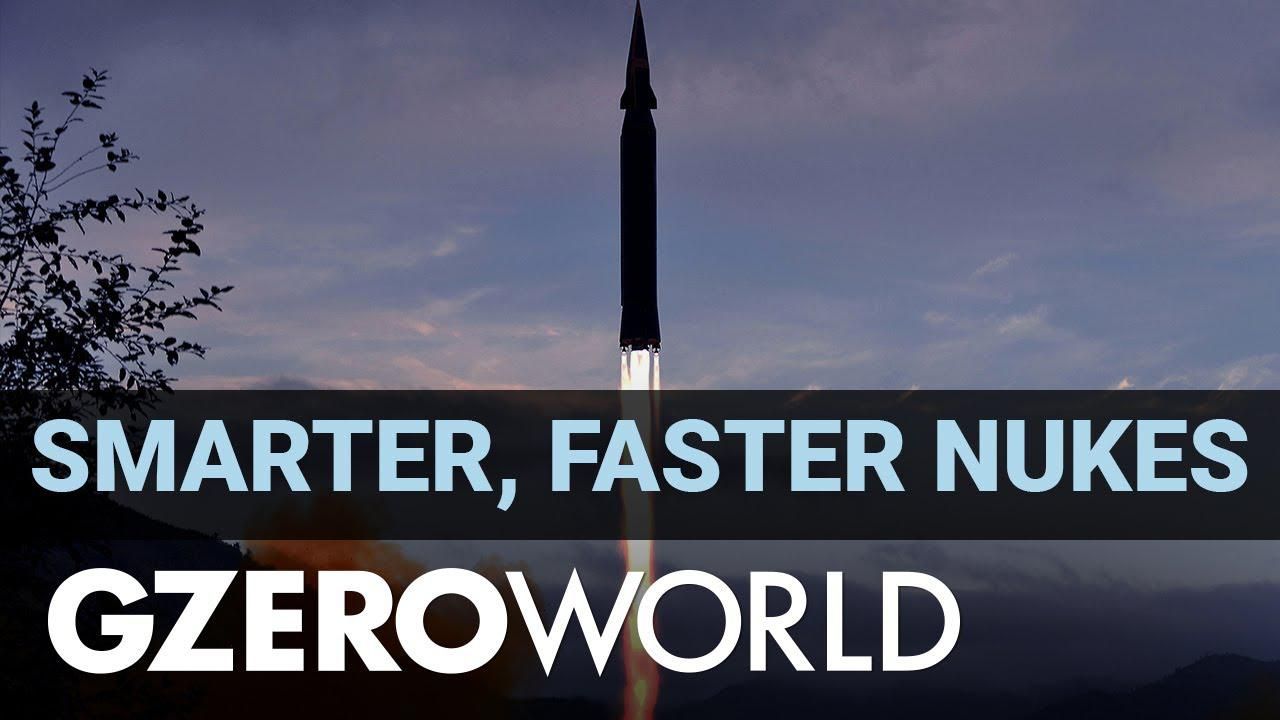GZERO World Clips
The new nuclear arms race: Smarter, faster nukes

The New Nuclear Arms Race: Smarter, Faster Nukes | GZERO World

There's a lot of talk about nukes these days — but not about Cold War-era massive arsenals and mutually assured destruction. Nuclear weapons expert Kelsey Davenport says the risk of something going horribly wrong is rising because countries like China or Russia are developing smaller warheads and high-tech delivery systems such as hypersonic missiles, which traditional arms control agreements don't take into account. "We have to be more creative than thinking just about the numbers," she explains, adding that what's more destabilizing is countries investing in nukes that are so nimble and travel so fast they can penetrate US defense systems. Watch her interview with Ian Bremmer on the upcoming episode of GZERO World on US public television - check local listings.
Behind every scam lies a story — and within every story, a critical lesson. Anatomy of a Scam, takes you inside the world of modern fraud — from investment schemes to impersonation and romance scams. You'll meet the investigators tracking down bad actors and learn about the innovative work being done across the payments ecosystem to protect consumers and businesses alike. Watch the first episode of Mastercard's five-part documentary, 'Anatomy of a Scam,' here.
Think you know what's going on around the world? Here's your chance to prove it.